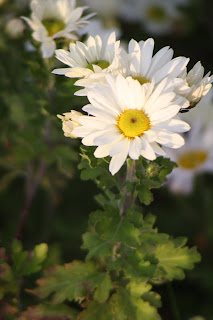
So, I planted this new tree about a month ago. I feel like I did a decent job of planting it; I've planted trees before with success, but this one is struggling, for whatever reason. Perhaps it's just the normal adjustment stress that trees go through, or a combination of our recent weather (a few nights of frost) plus the transplant stress. The leaves that are affected seem to be distribute evenly throughout the tree with affected leaves: on bottom/top, younger/older, inner/outer branch (although I believe the problem originally started with the older, inner leaves, which would point more towards a manganese or zinc deficiency, if chlorosis is what's at play here. Here's an interesting link explaining: Chlorosis). They all have a bit of a dry (not yet crispy, though) texture, and are mostly folded rather than open. I know the Hong Kong Orchid is said to be susceptible to salt-soil damage, but I'm not sure if that's what's happening here. After planting it, I did some deep-water slow-drip with the hose, and then we were fortunate to get some really nice fresh water rains in the weeks following. So I'm a bit confused as to why the tree is hurting so much. Another possibility is that this is entirely normal, and that the tree, being deciduous, is getting ready to drop its leaves! Keeping my fingers crossed!













